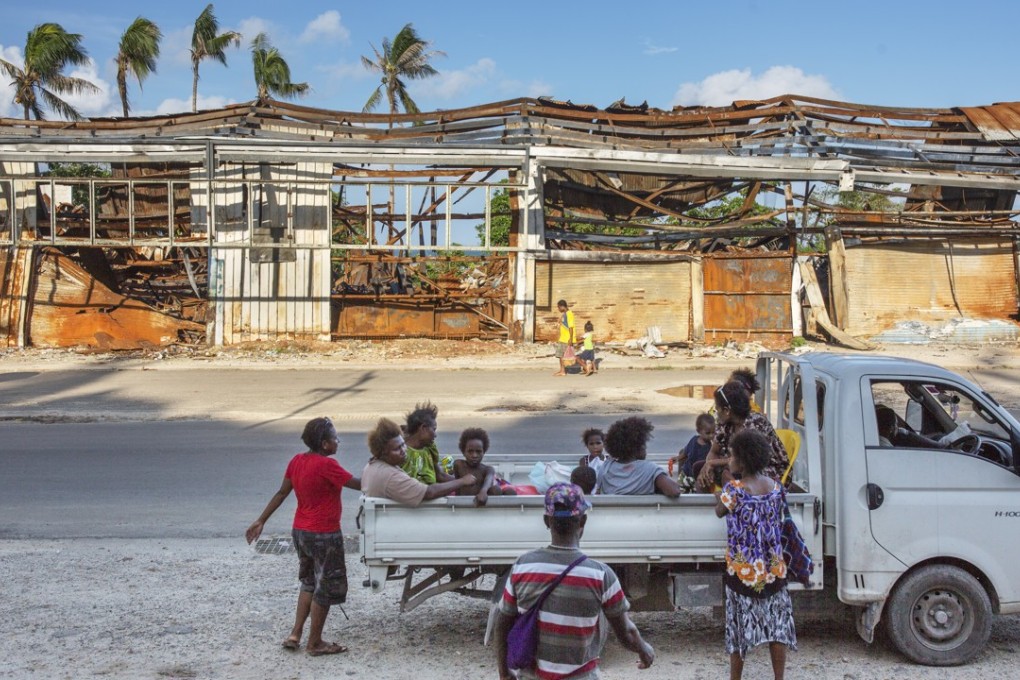The tiny island with a big role in US plans for the South China Sea
- The bare-bones Lombrum Naval Base on tiny Manus Island could be a key part of efforts to push back against Chinese influence in regional waters
- But the big task ahead for Washington and Canberra is to calm nerves in Papua New Guinea and Indonesia about the base

For now there are no signs that the upgrade has set off alarms at the highest levels of President Joko Widodo’s government, but comments this week by one mid-level official suggest there may be pockets of anxiety.
Touching on the base plans, Abdul Kharis Almasyhari, chairman of a parliamentary commission with oversight of defence and security, was quoted by local media as saying foreign powers should not “militarise the Asia-Pacific”.
He urged the Widodo government to lobby against the formation of foreign naval bases in Papua New Guinea, adding that it would “increase political tensions” in the region.
The Lombrum facility, which rises out of thick jungle on Papua New Guinea’s Manus island, was already being upgraded by Australia before US Vice-President Mike Pence announced on November 17 that America was joining the effort.
